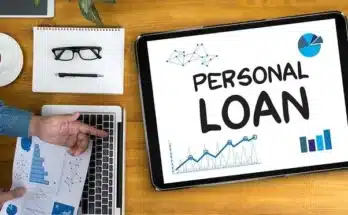Student loan forgiveness programs offer a beacon of hope for many borrowers struggling under the weight of educational debt. These programs can partially or completely erase the debt owed, making it easier for graduates to achieve financial stability and contribute positively to the economy. In this article, we explore what student loan forgiveness entails, the different programs available, eligibility requirements, and the impacts on borrowers.
Understanding Student Loan Forgiveness
Student loan forgiveness involves the cancellation of all or some portion of a borrower’s educational debt by the government or another lending authority. This can occur under various circumstances, typically related to the borrower’s employment, repayment history, or changes in policy.
Key Programs and Eligibility
Public Service Loan Forgiveness (PSLF)
One of the most well-known programs is the Public Service Loan Forgiveness (PSLF) program. Established by the College Cost Reduction and Access Act of 2007, PSLF is designed to alleviate the debt of graduates who pursue careers in public service. Eligible borrowers must make 120 qualifying monthly payments while working full-time for a qualifying employer, such as a government organization or non-profit. After the completion of these payments under certain repayment plans, the remaining balance on the loans is forgiven.
Teacher Loan Forgiveness
Teachers serving in low-income schools or educational service agencies may qualify for the Teacher Loan Forgiveness Program. Eligible teachers must work full-time for five complete and consecutive academic years in a qualifying school to receive forgiveness of up to $17,500 on their Direct Subsidized and Unsubsidized Loans and their Subsidized and Unsubsidized Federal Stafford Loans.
Income-Driven Repayment (IDR) Forgiveness
For borrowers with federal student loans, enrolling in an income-driven repayment plan can also lead to loan forgiveness. Plans such as Income-Based Repayment (IBR), Pay As You Earn (PAYE), Revised Pay As You Earn (REPAYE), and Income-Contingent Repayment (ICR) adjust monthly payments based on income and family size, and offer forgiveness after 20-25 years of qualifying payments.
Application Process and Documentation
Applying for student loan forgiveness requires careful attention to detail and adherence to specific procedures. Borrowers must submit the appropriate forms and often need to provide proof of employment and income. Regularly updating paperwork and maintaining communication with loan servicers can help ensure that borrowers remain on track for forgiveness.
Impact of Student Loan Forgiveness
The potential relief provided by student loan forgiveness can be life-changing. It offers financial freedom and the opportunity to invest in personal and professional endeavors without the burden of debt. For example, forgiven debt can enable individuals to buy homes, save for retirement, or start businesses. Moreover, it can encourage graduates to enter and remain in lower-paying public service jobs by alleviating the financial disadvantages of these career paths.
Challenges and Considerations
Despite its benefits, student loan forgiveness is not without its challenges. The complexity of application processes, stringent eligibility criteria, and potential tax implications of forgiven debt can pose obstacles. Additionally, relying on forgiveness can be risky, as program requirements and government policies may change.
Conclusion
Student loan forgiveness programs represent a critical tool in managing and overcoming the burden of educational debt. While navigating these programs can be complex, the potential benefits are substantial. Borrowers should carefully evaluate their options, remain vigilant in meeting all requirements, and consider the long-term impacts on their financial health. As policies evolve, staying informed and proactive is essential for those seeking relief through student loan forgiveness.




